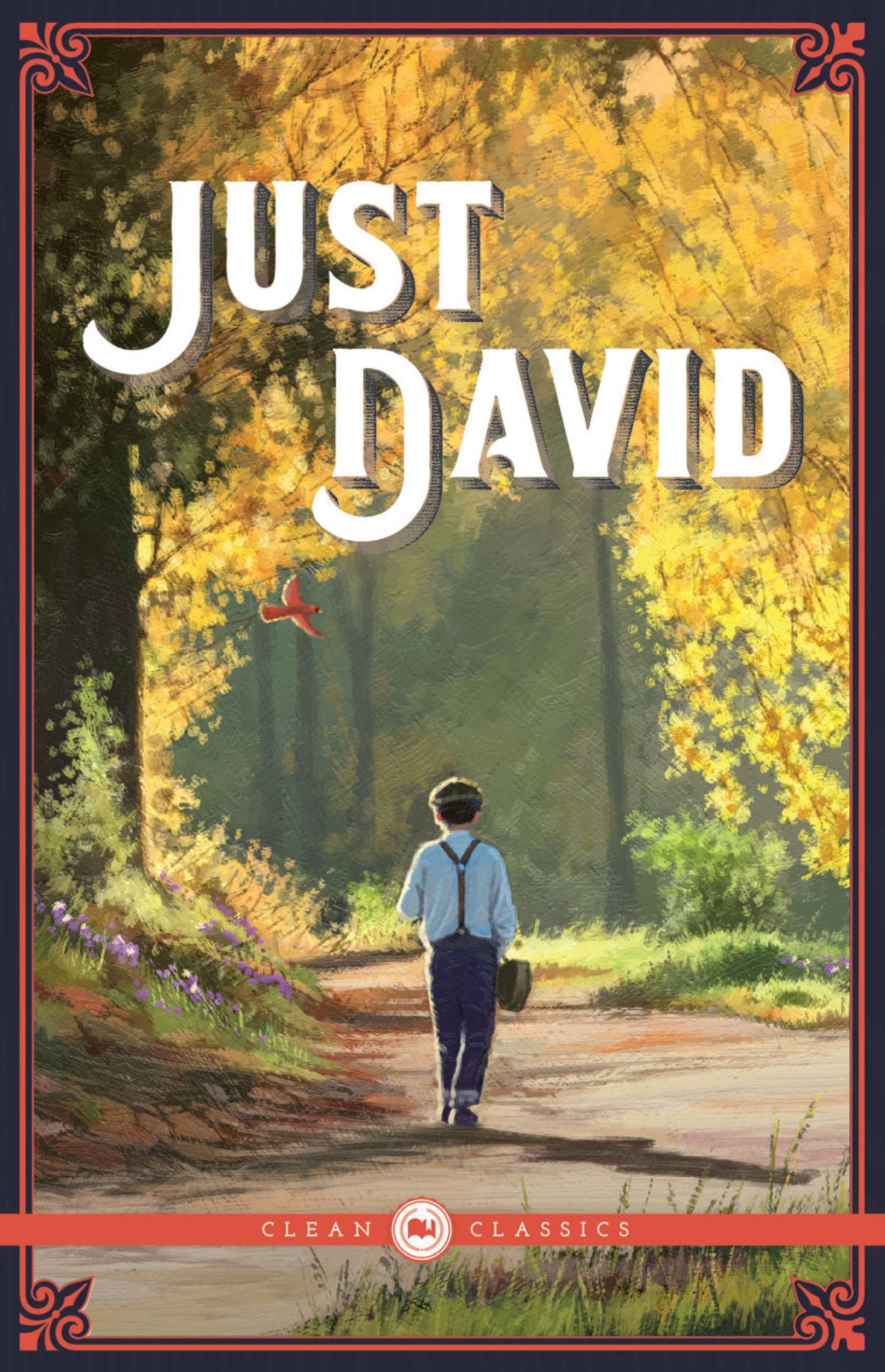The Beautiful World
byThe Beautiful World reflects how joy, healing, and revelation unfold not in grand spectacles but through the gentle rhythm of everyday life, illuminated by the presence of someone with a heart open to wonder. David’s music, deeply tied to his view of the world, becomes more than entertainment—it becomes a language of the soul. When snowflakes fall, he doesn’t just see cold or silence; he hears blossoms in their descent, creating harmony where others might only find chill and stillness. His violin, once used to voice loneliness, now becomes a bridge to celebrate union and renewal. The announcement of Mr. Jack and the Lady of the Roses’ wedding fills David with joy, not expressed in words but in melodies woven with care. In this moment, happiness is not a loud celebration but a quiet revelation that love, once witnessed, must be shared in the most beautiful way one knows.
Amid this joy comes an unexpected letter that shifts the story’s emotional tone. Simeon Holly receives a message from his estranged son John, whose return is uncertain yet full of hope and repentance. The request for forgiveness is humble, framed not as a demand but as a wish to be part of something meaningful again. David, sensing the deeper notes of longing and redemption in John’s words, plays a tune filled with warmth and quiet anticipation. This song, simple yet filled with purpose, gently dissolves Simeon’s hesitation. What follows is not a grand reunion but a soft unfolding of past pains made lighter through kindness and second chances. It becomes clear that David’s presence, though soft-spoken, has steadily transformed the household, reminding them that forgiveness can blossom even in old, hardened soil.
The homecoming of John and his family brings a cascade of changes that reveal how little the world remains the same once love is reintroduced. The old violin, long a cherished piece of David’s identity, prompts questions that unravel the mystery of his past. It is learned that he is the son of a famous violinist, his talent inherited not only through blood but nurtured by heartfelt experience. This recognition brings admiration, but also uncertainty. John wonders if such a boy belongs in the simplicity of their home or in a concert hall surrounded by acclaim. Yet Simeon Holly, once rigid and wary, now sees David not as someone to hold onto, but someone to set free for his own good. In doing so, he reflects how true love seeks the flourishing of another, even at the cost of personal sorrow.
As the chapter draws to a close, a quiet ache settles over the household—not from loss, but from growth. Simeon begins to prepare David for a life beyond their home, one that embraces the gifts he was meant to share with the world. It is not a farewell marred by sadness but a release guided by belief in David’s purpose. The shift from protector to encourager marks a full circle in Simeon’s journey, showing how love matures through sacrifice. David, for his part, remains humble and open, understanding that leaving does not mean abandoning, but fulfilling. The chapter gently shows how change, even when painful, can be a beautiful act of faith in someone’s potential.
For readers, this story offers more than narrative pleasure—it offers a gentle meditation on what it means to let go with love. It reminds us that music, when played from the heart, has the power to draw people together, unlock old griefs, and awaken possibilities. David’s gift was never just his talent, but his ability to see the world not as it is, but as it might be through the lens of wonder and hope. “The Beautiful World” teaches that beauty is not found in perfection, but in the quiet courage to forgive, to change, and to trust that goodness, once sown, will bloom in time.

